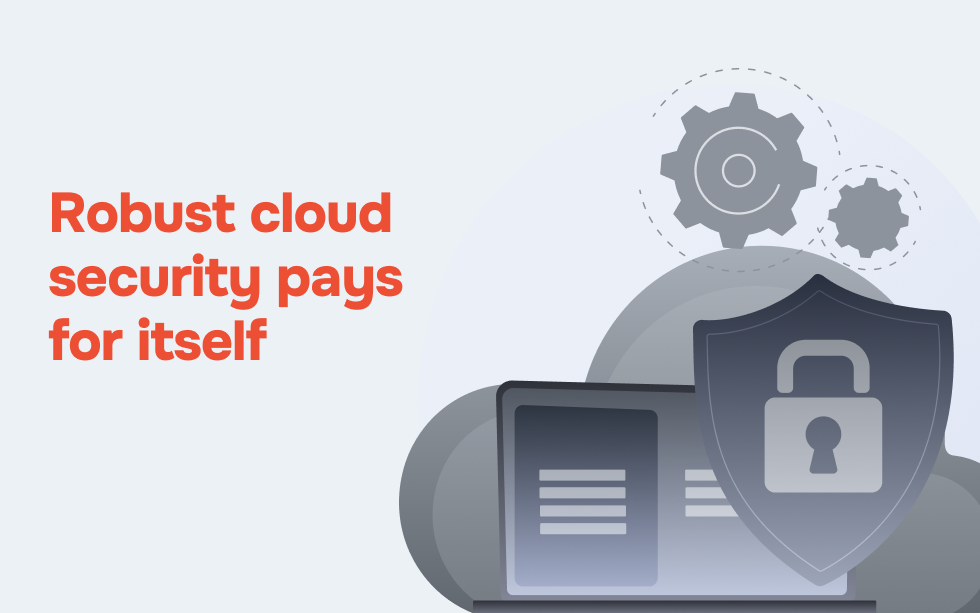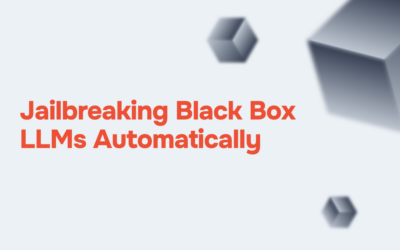
AWS Identity and Access Management (IAM)
AWS Identity and Access Management (IAM), as the title suggests, is a verification whether a user or service has the necessary authorization to access a particular service in the AWS cloud. The best practices for IAM involve:
- Multi-Factor Authentication: Implement multi-factor authentication in particular for IAM users who rely on temporary credentials for access. Each user must provide both credentials and device-generated responses to authentication challenges, thereby bolstering the sign-in process.
- Regularly Rotate Access Keys: For use cases necessitating long-term credentials, such as access keys, it’s advisable to rotate them regularly for enhanced security. Whenever feasible, prioritize the use of temporary credentials over long-term ones.
- Protect Root User Credentials: Refrain from using root user credentials for routine tasks; reserve them solely for completing tasks exclusive to the root user.
- Grant Least Privilege: When defining permissions through IAM policies, adhere to the principle of least privilege, granting only the precise permissions necessary for specific tasks.
Data Protection and Encryption
Data encryption plays a big role in fortifying the confidentiality and integrity of data stored in AWS. Leveraging AWS Key Management Service (KMS) and AWS Certificate Manager (ACM), organizations can implement robust encryption mechanisms, including key rotation and parameter store management, across various AWS services such as S3, RDS, and EBS. Implementing encryption ensures that data remains secure, both at rest and in transit.
Network Security in AWS
Securing the network infrastructure within AWS is essential for thwarting cyber threats and maintaining data integrity. Best practices for securing Virtual Private Clouds (VPCs), subnets, and routing tables involve meticulous configuration and adherence to security principles that you can find in the AWS documentation. AWS Firewall Manager and AWS Web Application Firewall (WAF) offer additional layers of protection and must be well understood by any organization delving into AWS cloud.
Logging, Monitoring, and Incident Response
Logging and monitoring play a pivotal role in detecting and responding to security incidents promptly. By implementing robust logging mechanisms and leveraging AWS services such as CloudWatch and AWS CloudTrail, organizations can gain visibility into their AWS environments and identify suspicious activities or unauthorized access attempts well before they can become credible threats.
How Hexon Global can help with your AWS security
Hexon Global is an AWS Advanced Consulting Partner, equipped with extensive expertise and experience in navigating the complexities of AWS security. Our team of seasoned professionals is dedicated to empowering businesses like yours to maximize the value of their cloud investments while optimizing costs effectively.
Hexon Global can help you with:
- Strategic Guidance: Benefit from our strategic insights and tailored recommendations to architect cost-effective solutions aligned with your business objectives and growth trajectory.
- Cost Optimization Expertise: Leverage our in-depth understanding of AWS pricing models and optimization strategies to identify cost-saving opportunities, minimize wastage, and maximize ROI.
- Technical Proficiency: Rely on our team’s technical proficiency and hands-on experience in deploying, managing, and optimizing AWS infrastructures to ensure optimal performance and security.
Make Hexon Global your trusted AWS ally. Reach out to us.
Contact Us
Get in touch
Understand how we help our clients in various situations and how we can be of service to you!




